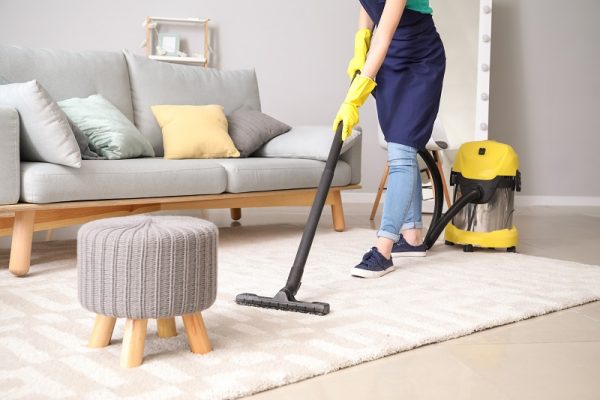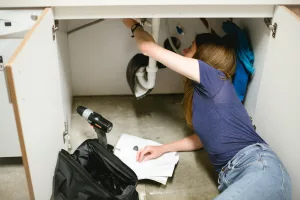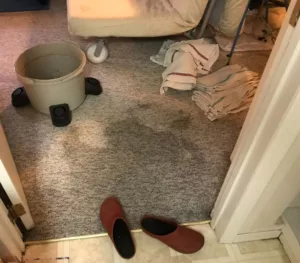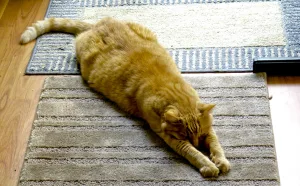A 6-Item Checklist For A Clutter-Free Home

Everyone wants a clean and clutter-free home. However, some of you may think that achieving a clutter-free home isn’t always possible, especially if you need to juggle other responsibilities and daily duties on the sides as well.
But the thing is, achieving a clutter-free home doesn’t always mean cleaning your house every single day. Instead, it’s about one’s daily habits to keep potential clutter at bay.
To live in a clutter-free home means everything in your home is in its rightful place which makes the whole vibe of your house peaceful and well-organized. What’s more, a clutter-free home also brings benefits to all of the members of the household. Having no clutter may make you feel better about your living space.
So, how can you achieve a highly organized home? Here’s a six-item checklist to help you attain a clean and clutter-free home.
-
Identify Your Clutter Habits
First, try to analyze your home. Figure out where most of your clutter is coming from and where they usually pile up. Every house will have different answers considering that each household has different lifestyles.
For families with kids, most of their clutter may be from their children’s toys, broken crayons, papers, and others. For families with workaholic adults, their mess may be from their paperwork or used clothes misplaced from the hamper. It’s said that the more you know where your clutter is coming from, the easier it’ll be for you to manage them.
This self-awareness will help you switch your clutter habits into healthier ones. For instance, instead of keeping those old newspapers and paperwork around the house, you can collect them together and schedule for rubbish removal pick-up right away. You can find out more information about rubbish removers online and let them help you successfully change your old clutter habits.
Overall, identifying your clutter habits can help you create a strategy to keep the amount of clutter in your house at a bare minimum.
-
Think Before You Purchase
Every time you’re tempted to purchase something for your house, analyze first the value of that item and how beneficial it’ll be for you in the long run. There may be purchases that you may need right now but won’t be useful for you in the future. A good example would be buying new Halloween decorations for your home. They may be handy now, but you might end up not wanting to use them again for the following year.
So, always remember to think before you purchase anything and resist the urge to buy everything you feel you need right at the moment. You may also want to consider borrowing instead of purchasing new items. You can also utilize your inner creativity and take the DIY (do-it-yourself) route. Borrowing will not only save you money, but it’ll also lessen your home’s risk of accumulating unwanted clutter in the future. -
Reduce Your Storage
You’ve probably read so many decluttering tips about adding more storage in your home to have a dedicated space for some of your possessions. But the thing is, the more storage you have, the more likely you’ll keep tons of clutter.

Keeping a clutter-free home means owning and keeping less stuff, and you can achieve that by reducing your storage. So, declutter your current containers first and keep the more essential things in place. If you have excess stuff, you may dispose of them or donate them to charity.
-
Keep Up With Your Mails
One of the common sources of clutter in your house is your mails. Some people tend to leave their mails piling up on their coffee tables until it’s too hard to keep up on all of them. To reduce your paper clutter, make it a habit to open and read your mails as soon as you get them. This way, you get to decide as soon as possible whether a certain mail should be disposed of or kept for essential purposes.
-
Determine Where To Put Items Before Buying Them
There may be instances wherein borrowing items isn’t an option and you’ll need to buy new ones for your home. Before buying things on impulse, take your time to determine which storage or space you can keep your new purchases. See if you still have ample shelf space for your book or an empty drawer for new kitchen utensils. This simple step will keep your home clutter-free.
-
Make Your Bed
It’s believed that making your bed every morning can do wonders in keeping your home clutter-free. This practice isn’t only for the cleanliness of your room, but it’s also shifting your mindset which allows you to begin your day with a sense of initiative and accomplishment upon completing a simple yet meaningful task before moving on with your day.
Endnote
It may take some time before you get used to new habits and practices at home. Don’t worry; you don’t need to do all of the items on this checklist at once. You can work on doing one to two of the abovementioned tips and add a new one from time to time. Sooner or later, you’ll notice how small efforts have helped you achieve a clutter-free home.








